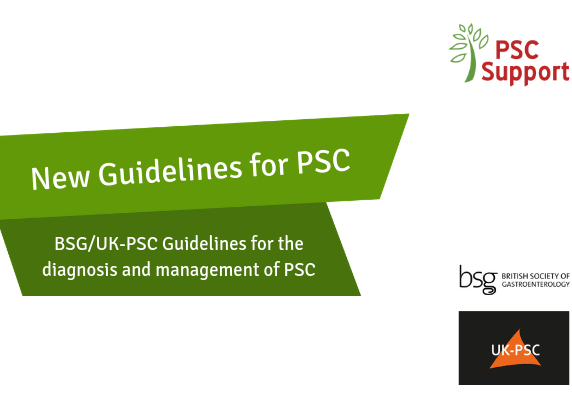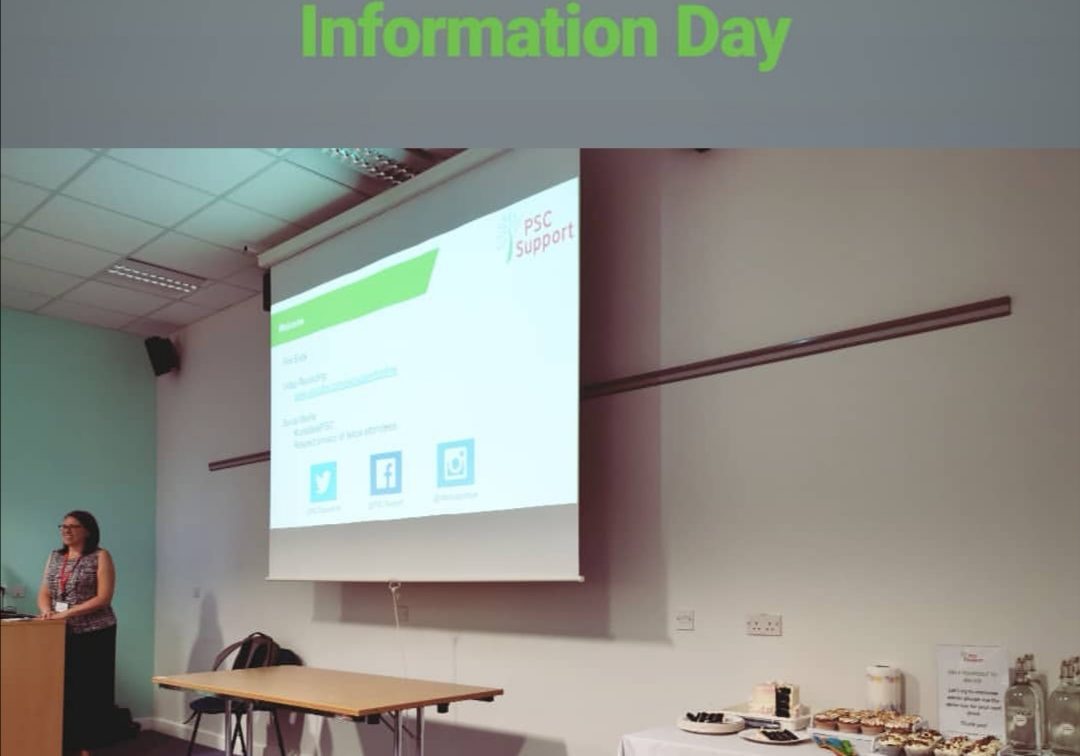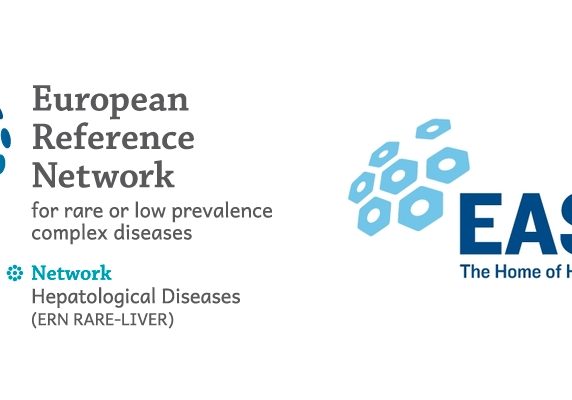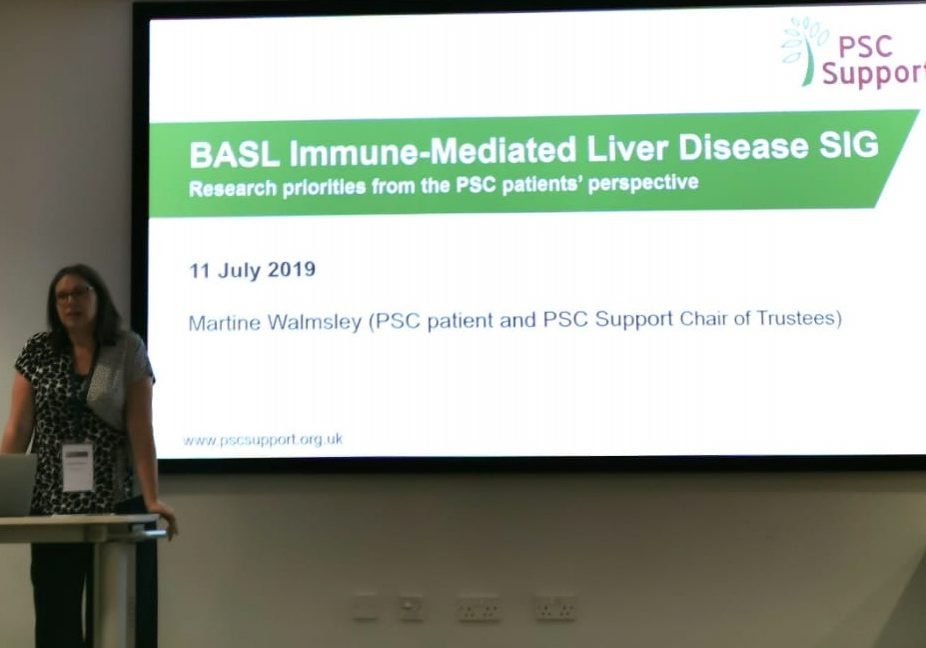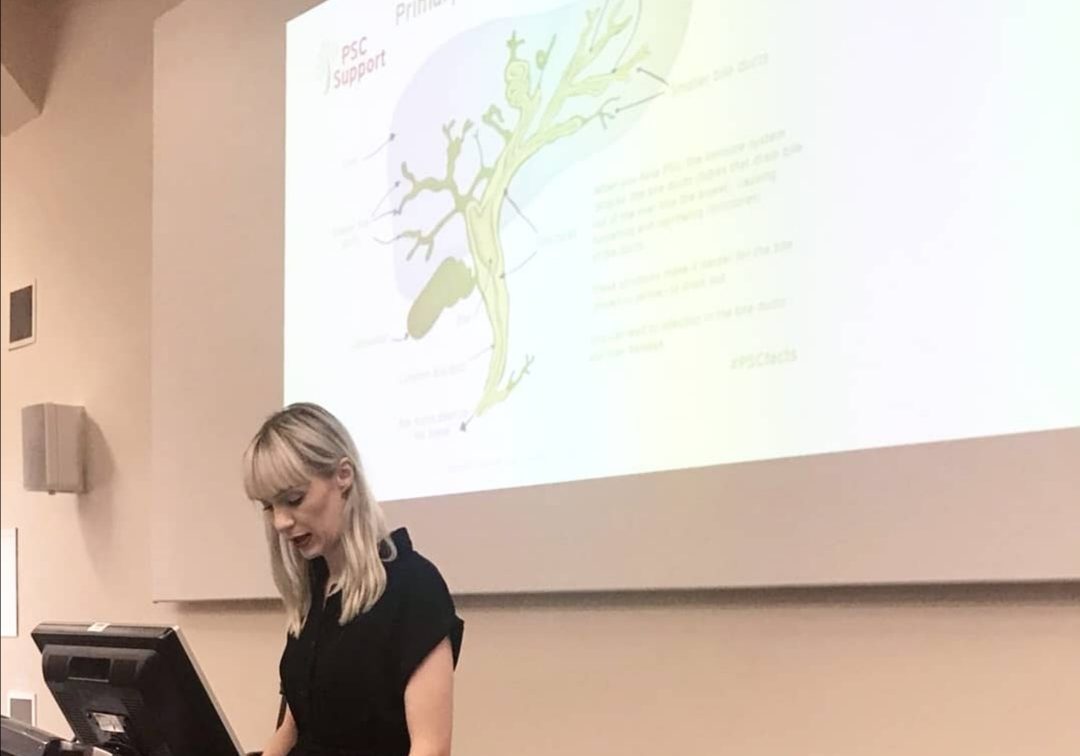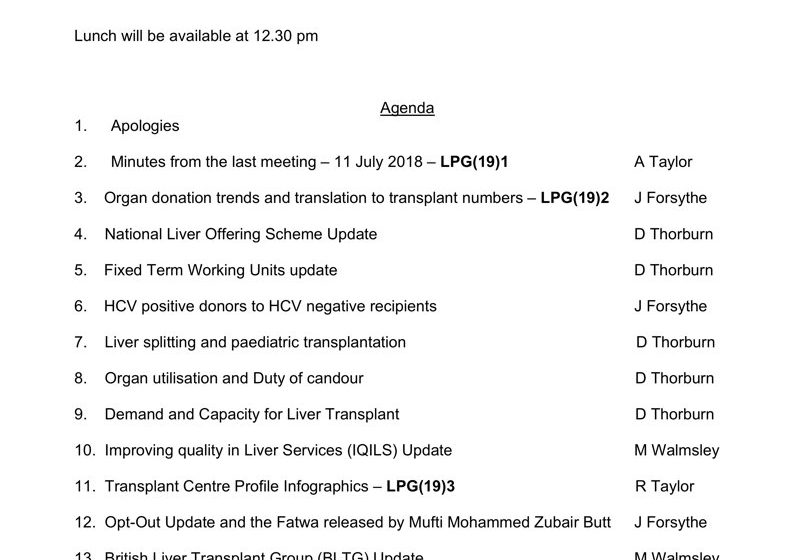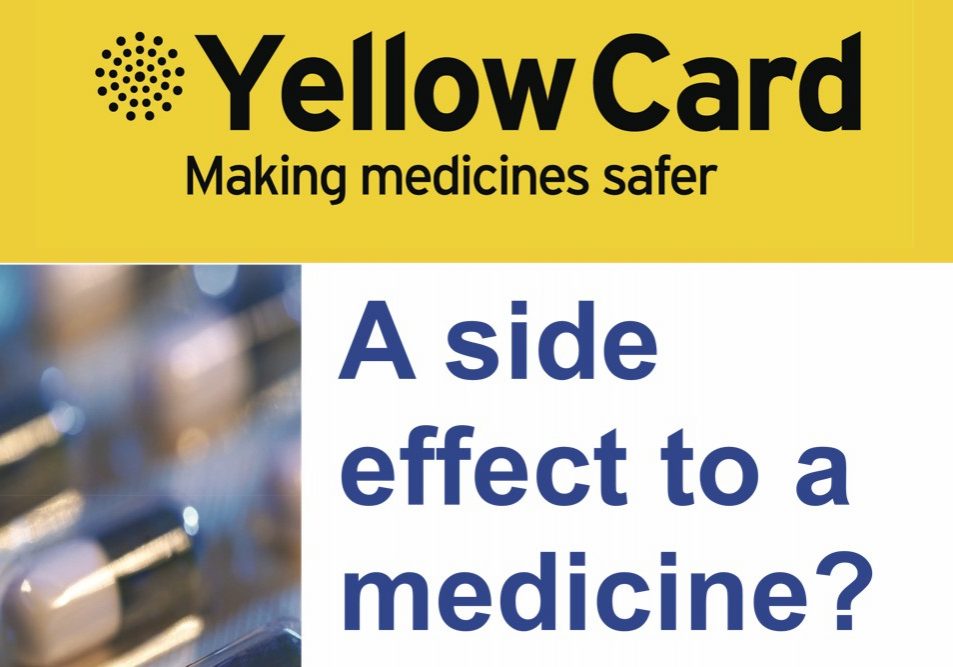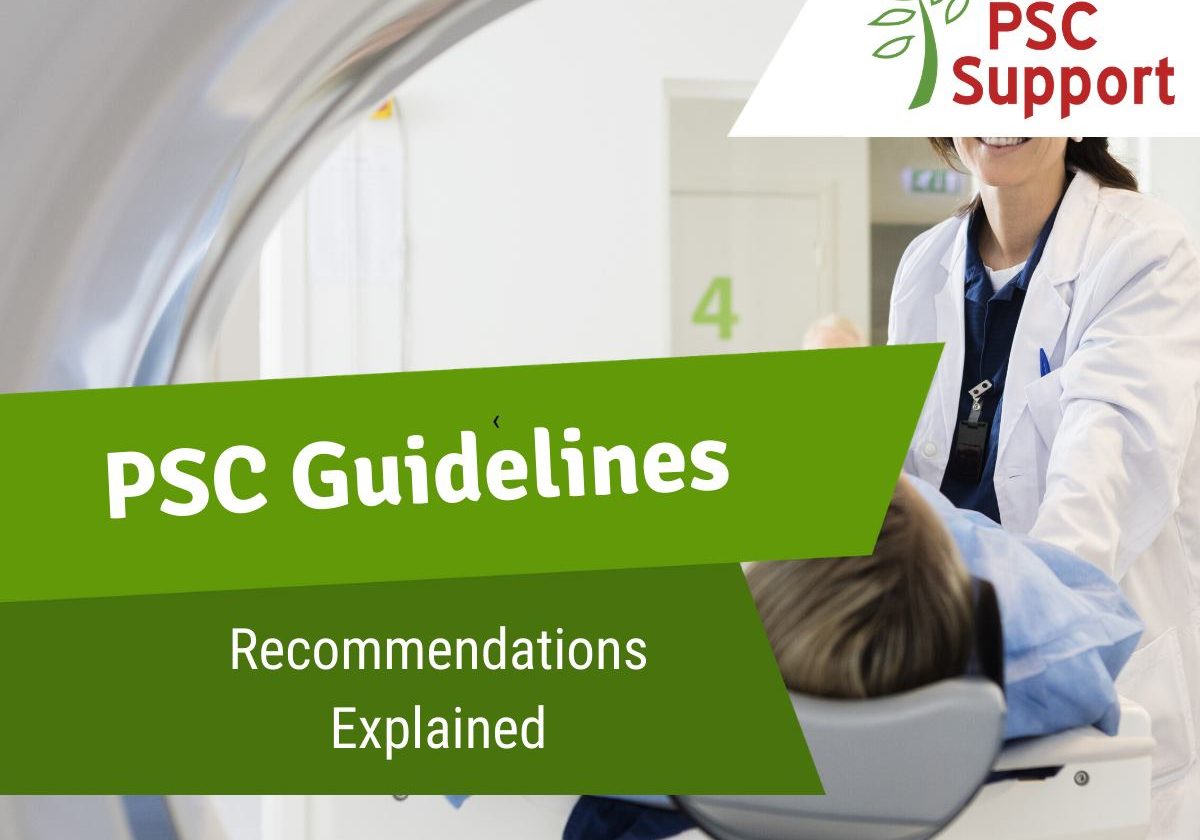Patient involvement in clinical services and research
Patient Involvement in Clinical Service Improvement

Wales Hepatology Forum presentation about involving patients
Martine Walmsley, PSC Support Chair of Trustees presented to the Wales Hepatology Forum today on how to involve patients in improving liver services and in research.
Many services are registering with IQILS, an accreditation scheme for liver services in the UK. The scheme encourages patient involvement at all levels. Dr Andrew Yeoman asked Martine to talk to the Forum about patient involvement.
Here's Martine's presentation:
How to involve patients in research and improving clinical services
Who are we talking about?
When talk about patient involvement, what do we mean? Who are we talking about?
In this context, we mean patients, their families, support groups, and members of the public. Everyone who is involved in your liver service or who might be affected by the outcomes of your research project.
Why is patient involvement important?
When you know what’s important to patients, you can better meet our needs. No matter how brilliant you are, or how supportive your management team is, without involving patients, you won’t get those unique and valuable insights only patients can give. Involving patients helps you to identify what would be most helpful and what is most frustrating for them. Involving patients helps you not only do things right, but also do the right things.
Patient involvement in research
In research, patient involvement is valuable all along the research cycle, especially the beginning.
Patients can tell you their ideas and priorities. Some patient organisations have already asked their members and published results. Patients can help you understand what they consider to be meaningful outcome measures. They can review protocols and offer suggestions for improvements or challenge wasteful aspects of projects. Patients can help research be more accessible, like helping with clear, sensitive communications. They can help raise public awareness, trial tests and surveys in advance. This all support the goal of recruitment and retention in trials.
The reality though is that patient involvement is often an afterthought to satisfy grant review panels. It doesn’t have to be that way!
Patient involvement in clinical services
Patients can be involved in clinical services, particularly quality improvement. In liver services, the RCP accreditation scheme is called IQILS. At the heart of IQILS is need for person-centred care and involving patients in a meaningful way.
This means putting in place a process of continuous involvement to understand and respond to what patients say.
In what ways can I involve patients?
Patient involvement can take the form of surveys focus groups, interviews, online forms etc, whatever suits your service, but make the questions count. Don’t include unnecessary questions.
The best question I have seen is this simple two-part question: ‘Rate your experience out of 10. What would have made things better?’
I like it because it gives the respondent permission to say negative things in a helpful and constructive way. Remember you are not trying to capture complaints, but you are looking for helpful suggestions based on someone’s actual experience or needs. Once you have collected your views, do something with them!
Work with patients to put those views into context and add perspective, so you can plan actions for improvements (together). Invite patients to your strategy meetings.
Once you have a plan, and have implemented the actions for improvement. Monitor the impact, and above all tell people! Patients can help with communications and dissemination.
I especially like the posters you see in some hospitals that say: ‘You said xyz, so we did abc’.
Ultimately, if you are trying to improve your service, ask yourself if your plans are validated by patients or driven by patients…
How do you get patients involved?
As a volunteer myself, and having recruited volunteers for many different PSC Support projects, here’s what i’ve learnt along the way:
- Get personal.
The best way to get someone on board is to ask them and say why you think they are a good fit. This approach is much more effective than sending out a generic email or putting up a poster, and you will get more responses. I recommend you do still put up posters and be transparent about what you are doing, but the personal touch is my number 1 tip. - Be inclusive.
Approach a wide range of people, as liver disease touches every walk of life. Ask support groups and organisations to put you in touch with patients or put notices in their newsletters or websites. Don’t underestimate the level of engagement patient associations have, some of the smallest ones I know are the most engaged with real people. - Remove the barriers.
A lot of things that put patients off getting involved are easily resolved. I was involved in recruiting patients of all aetiologies for a project that involved garnering patient opinion using spreadsheets. There was one group of patients who we struggled to recruit and keep. Were they not interested in engaging, or were our expectations all wrong? My feeling is that we put those people off by asking them to do repetitive tasks on spreadsheets using a computer. Not everyone has a computer. Not everyone is comfortable working on spreadsheets. So think about the type of things you are asking.
-Will you invite patients to a formal meeting or an informal, relaxed meeting?
-Do your volunteers need to communicate with you by email or or would they prefer to have contact with you by phone?
-Many patients work full time. Are you expecting them to meet with you during the working day or at the weekend?
-Are you going to pay your patients for their involvement? You don’t have to. Will you give reimbursement for out of pocket expenses like parking or travel? This is a good idea. Check out INVOLVE Guidelines on payments to patients, and also the Change Foundation decision making chart.
These are all important considerations and worth discussing with potential volunteers to strike a balance that works. If in doubt – it’s OK to ask people what they would prefer, in fact, they’d welcome it! - Be upfront. Think about what you are asking people to do. When you invite someone to get involved in a project, be clear about what they’ll be doing and the time commitment. Will it be sitting doing spreadsheets, answering questions, chatting and giving opinions? Please do not just ask someone to be ‘the patient rep’. That’s actually pretty ambiguous! Instead invite them to be a member of your team looking at ways to make the liver unit better for patients or invite them to help you make your research project the best it can be.
- Making it work - ensure everyone is on board. Make sure your whole team is on board with patient involvement, and supports and understands why patients are there. There is nothing more off-putting than the person in the room who thinks patients won’t understand anything, are too emotional or are only useful for telling their ‘story’. Do not underestimate patients!
- Don’t assume we know what you know. It is so helpful to us when you avoid jargon and acronyms. Create an atmosphere that encourages questions to clarify things. A great induction/starting point for those improving their liver service would be to walk the patients through your liver unit. When I did the pilot assessment visits for IQILS, I found the walk-throughs invaluable for understanding the way the services worked.
- Everybody’s time matters. Patients have lives too; they have jobs to do, childcare to arrange etc and are juggling health issues on top of all that. However, the patients who volunteer to help you want to be prepared and want to do their homework, and make a difference when they work with you. Please send information to them well in advance and not at the eleventh hour! We know that’s not always possible, but do try!
- Keep patients in the loop. When you keep us informed, even if there is nothing to report, patients feel valued, but when you don’t reply or you go AWOL, patients worry they have done something wrong or are being ignored, or said the wrong thing. Please keep the lines of communication open!
- Expect the unexpected. Patients can and do come up with off the wall ideas. Please be open and receptive. Don’t get defensive or offer justifications because they aren’t the opinions you want. you Remember f you want to bring about change or make a real impact, these opinions matter. Ultimately, you are working in partnership with patients towards the same goals so embrace the unexpected!
- A little thanks goes a long way. When patients help you, this might be something new and out of their comfort zone yet they are giving you their time, effort and skills to you. It can be daunting for them at first. Thank contributions and value people’s efforts.
How not to involve patients
A must watch! Peter Beresford from Shaping Our Lives on ‘How not to do service user involvement’:
Not everyone is like this about patient involvement but it really gets across the message how easy it is to get something that is so simple, wrong. I’ve worked with some incredible healthcare professionals, especially within the PSC community, who genuinely want to hear from patients.
It won't happen overnight
Remember, Rome wasn’t built in a day. It is not always easy to get patients involved. Take it one step at a time and you will reap the rewards.
A guide for clinicians and practitioners
The Royal College of Physicians used our presentation material as the basis of their information leaflet, 'Involving patients in driving up standards of clinical care: A guide for clinicians and practitioners':





